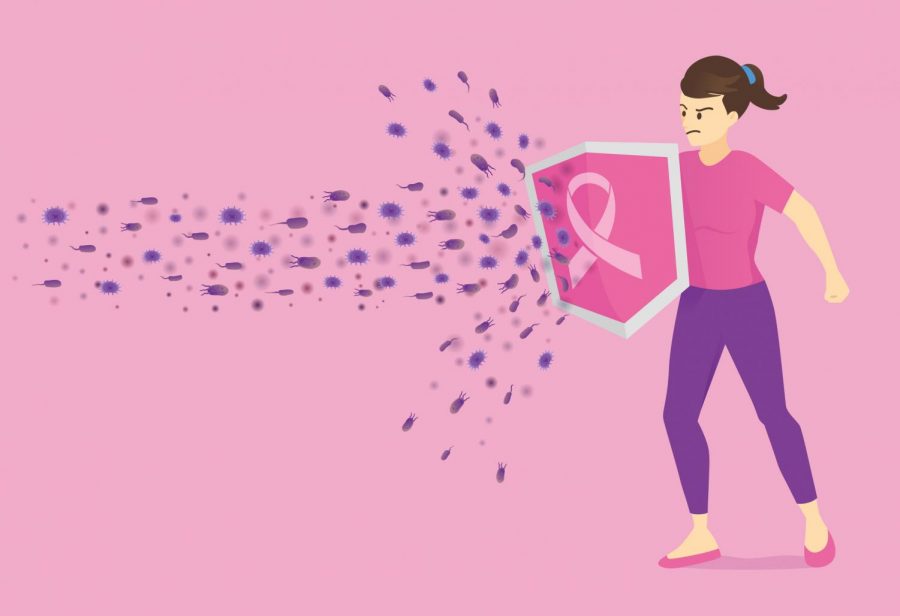Symptoms And Treatments Of Breast Cancer
The leading causes of death in females is breast cancer. October is the month of national breast cancer awareness. It starts on October 1st and ends on the 31st. Every year, we spread education and awareness of breast cancer, and raise funds for research into the cause and the prevention.
The symptoms of breast cancer include swelling of all parts of the breast (even if there’s no lump), skin irritation/dimpling (orange peel like), pain in the breast area, nipple retraction (nipples turned inward), scaliness or thickness of the breast skin or nipple, and nipple discharge (breast milk looks yellowish, green, gray, or brown). If a person sees any of these symptoms, they should go to a Surgical Oncologist, who are breast surgeons who diagnose breast cancer. The earlier doctors treat breast cancer the better.
Unfortunately, this disease is the second leading cause of cancer deaths among women globally. Obesity, alcohol, hormone replacement, being inactive, and having a reproductive history (family history of breast cancer), and radiation are different aspects that can lead to causes of breast cancer. DNA mutations, or changes in the DNA start all cancers, especially breast cancer.
Today there are more than 3.5 million breast cancer survivors in the United States. This includes women still being treated and those who have completed treatment. The older a woman is, the higher the chances are of getting breast cancer. According to the Centers for Disease Control and Prevention, “ There are 237,000 women diagnosed with breast cancer and 41,000 deaths each year in the U.S. In men, there are 2,100 diagnoses and 450 deaths annually. An estimated 12.4% (1 in 8) U.S. women will develop invasive breast cancer over the course of her lifetime, compared to a 1 in 1,000 lifetime risk for men.”
Doctors use many different types of equipment to help catch breast cancer. Some types of equipment include breast ultrasounds which is a machine that uses sound waves to make detailed pictures called sonograms, of areas inside the breast. If you have a problem in your breast, such as lumps, or if an area of the breast looks abnormal on a screening mammogram, doctors may have you get a diagnostic mammogram. This is a more detailed X-ray of the breast. Magnetic resonance imaging (MRI) is a kind of body scan that uses a magnet linked to a computer. The MRI scan will make detailed pictures of areas inside the breast. Doctors may perform a biopsy which is a test that removes tissue or fluid from the breast to be looked at under a microscope and to do more testing. There are different kinds of biopsies, for example, fine-needle aspiration, core biopsy, or open biopsy.
Breast screening helps identify breast cancer early. The earlier the condition is found, the better the chances of surviving it.











